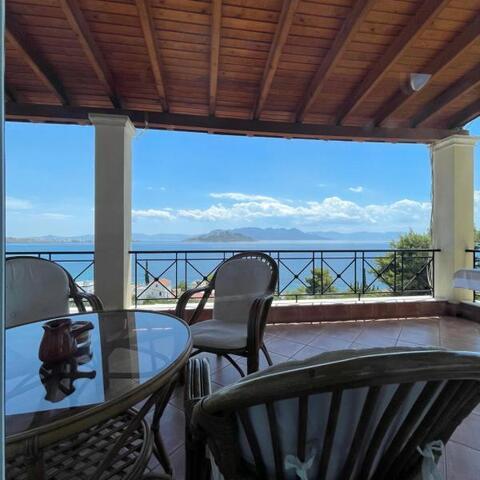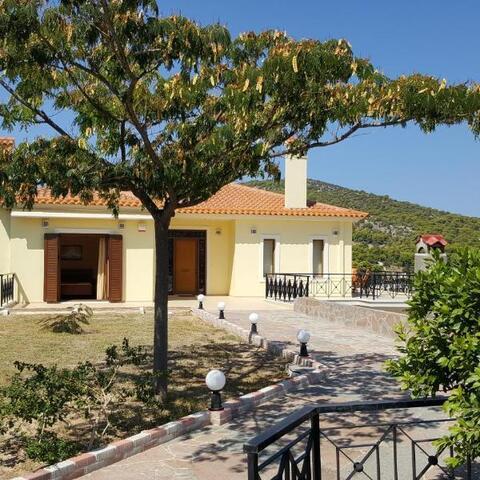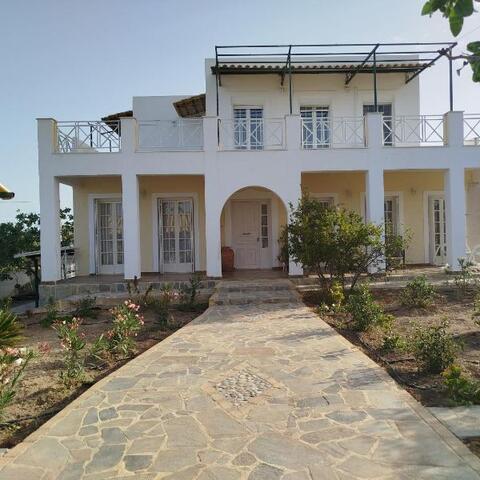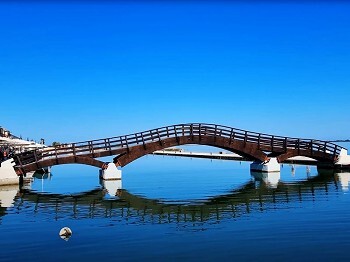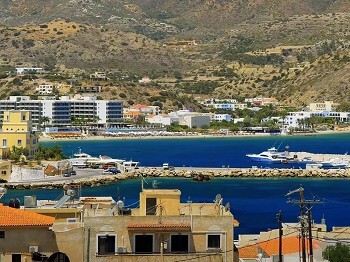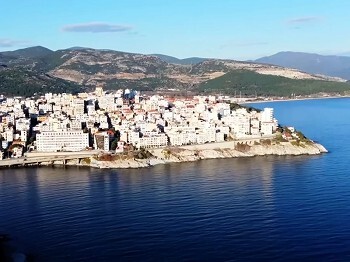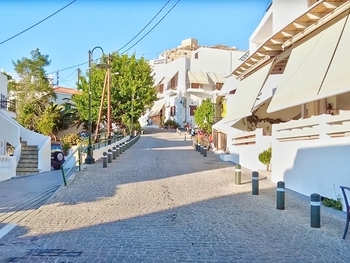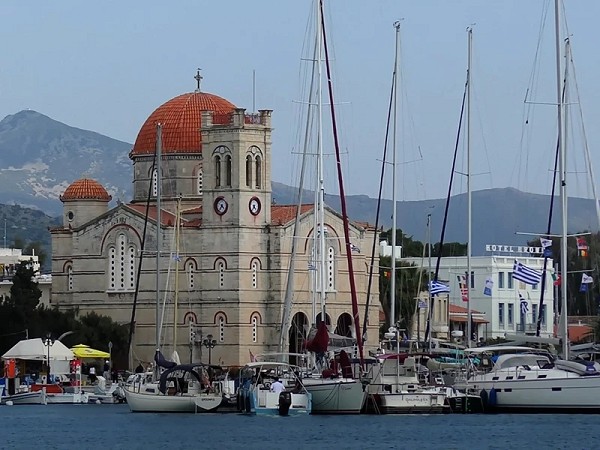
Aegina Island, located in the Saronic Gulf, is a treasure trove of historical sites that offer a glimpse into the rich past of Greece. From ancient temples to historic Monasteries, Aegina boasts a variety of attractions that will fascinate history enthusiasts and casual visitors alike. In this article, we'll explore the top historical sites on Aegina Island that you shouldn't miss on your visit.
We suggest for your stay:
Still Looking for the Perfect Stay?
The Temple of Aphaia
The Temple of Aphaia is one of the most iconic Landmarks on Aegina Island. Dating back to the 5th century BC, this ancient Doric Temple is dedicated to the goddess Aphaia. The Temple is situated on a hill, offering stunning Views of the surrounding landscape and the sea. Its well-preserved structure provides a glimpse into ancient Greek Architecture and religious practices.
Highlights
Architecture: The Temple features 24 Doric columns, of which 20 still stand today.
Location: Perched on a hill, it offers panoramic Views of the island.
History: Believed to have been built over the Remains of an earlier Temple, reflecting layers of Historical significance.

The Archaeological Museum of Aegina
For those keen on diving deeper into the island's history, The Archaeological Museum of Aegina is a must-visit. Established in 1828, it is one of the oldest museums in Greece. The museum houses a vast Collection of Artifacts, including Sculptures, Pottery, and inscriptions that Date back to the Neolithic period.
Highlights
Artifacts: The museum's Collection spans several millennia, showcasing the island's rich cultural Heritage.
Exhibits: Notable Exhibits include the Aegina treasure, a Collection of precious items found in the Temple of Aphaia.
Education: Provides educational insights into the island's history through its well-curated displays.

The Monastery of Agios Nektarios
Aegina is also home to the Monastery of Agios Nektarios, one of the most important religious sites in Greece. Dedicated to Saint Nektarios, the Monastery attracts pilgrims from all over the world. The saint's Relics are housed in the church, and visitors can learn about his life and miracles.
Highlights
Architecture: The monastery's Architecture is a blend of Byzantine and modern styles.
Relics: The Relics of Saint Nektarios are believed to have healing powers.
Pilgrimage: The site is a major Pilgrimage destination, especially on the saint's feast day, November 9th.

The Ancient Olive Grove of Aegina
The ancient olive grove of Aegina is a living testament to the island's agricultural Heritage. Some of the olive trees in this grove are over a thousand years old, providing a unique connection to the past. The grove offers a peaceful retreat where visitors can enjoy the Natural beauty and learn about traditional olive cultivation.
Highlights
Heritage: The grove features ancient olive trees that have been producing Olives for centuries.
Agriculture: Learn about the traditional methods of olive cultivation and production.
Nature: A serene Setting perfect for Relaxation and reflection.

The Kolona Archaeological Site
The Kolona Archaeological Site is another significant historical attraction on Aegina Island. Named after the single standing column that marks the site, Kolona was once a thriving ancient city. Excavations have revealed Remains of houses, temples, and fortifications that Date back to the Bronze Age.
Highlights
Remains: Explore the Ruins of ancient structures, including the Temple of Apollo.
Artifacts: The site has yielded numerous Artifacts that provide insights into the daily life of ancient inhabitants.
History: Kolona's long history is reflected in the layers of Ruins from different periods.

The Tower of Markellos
The Tower of Markellos is a distinctive pink tower located in the town of Aegina. Built in the early 19th century, it served as a residence and a defensive structure. Today, it houses cultural events and Exhibitions, offering a glimpse into the island's more recent history.
Highlights
Architecture: The tower's unique pink color and design make it a standout landmark.
Cultural Events: It hosts various cultural events, including Art exhibitions and concerts.
History: Originally built as a defensive structure, it later became a residence for the revolutionary leader Spyridon Markellos.

The Perdika Fishing Village
While not a single historical site, the village of Perdika offers a charming glimpse into traditional island life. With its narrow streets, whitewashed houses, and bustling Harbor, Perdika is a living museum of Aegina's maritime history. Visitors can enjoy Fresh seafood and take boat trips to nearby islets.
Highlights
Architecture: Traditional whitewashed houses and narrow streets.
Harbor: A bustling Harbor with Fishing boats and Seafood restaurants.
Experience: Immerse yourself in the local culture and maritime traditions.

The Chapel of Agios Nikolaos
The Chapel of Agios Nikolaos is a small, picturesque chapel located near the Harbor of Aegina town. Dedicated to Saint Nicholas, the patron saint of sailors, the chapel is a symbol of the island's seafaring Heritage. Its simple yet charming Architecture makes it a favorite spot for visitors and locals alike.
Highlights
Architecture: A quaint chapel with traditional Greek Orthodox design.
Location: Situated near the Harbor, it offers lovely Views of the sea.
Heritage: A testament to Aegina's long history as a maritime hub.

Conclusion
Aegina Island is a historical paradise that offers a rich tapestry of ancient Ruins, religious sites, and cultural Landmarks. Whether you're a history buff or simply looking to explore the island's unique Heritage, these sites provide a fascinating journey through time. From the grandeur of the Temple of Aphaia to the serene beauty of the ancient olive grove, Aegina's historical sites are sure to leave a lasting impression. So, pack your bags and embark on an unforgettable adventure to discover the history of Aegina Island.

